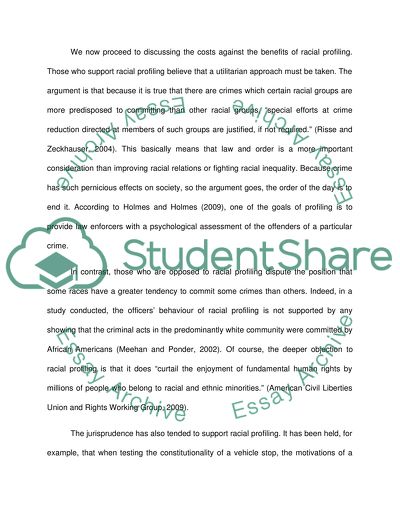Cite this document
(“Law - Criminal Profiling Research Paper Example | Topics and Well Written Essays - 2000 words”, n.d.)
Retrieved from https://studentshare.org/law/1456445-criminal-research-paper
Retrieved from https://studentshare.org/law/1456445-criminal-research-paper
(Law - Criminal Profiling Research Paper Example | Topics and Well Written Essays - 2000 Words)
https://studentshare.org/law/1456445-criminal-research-paper.
https://studentshare.org/law/1456445-criminal-research-paper.
“Law - Criminal Profiling Research Paper Example | Topics and Well Written Essays - 2000 Words”, n.d. https://studentshare.org/law/1456445-criminal-research-paper.


